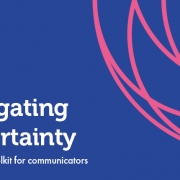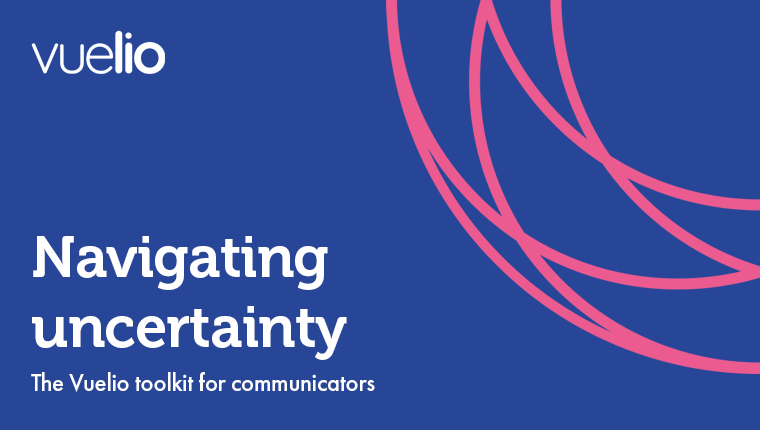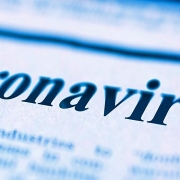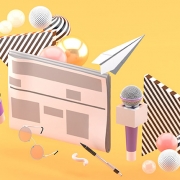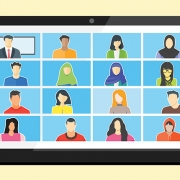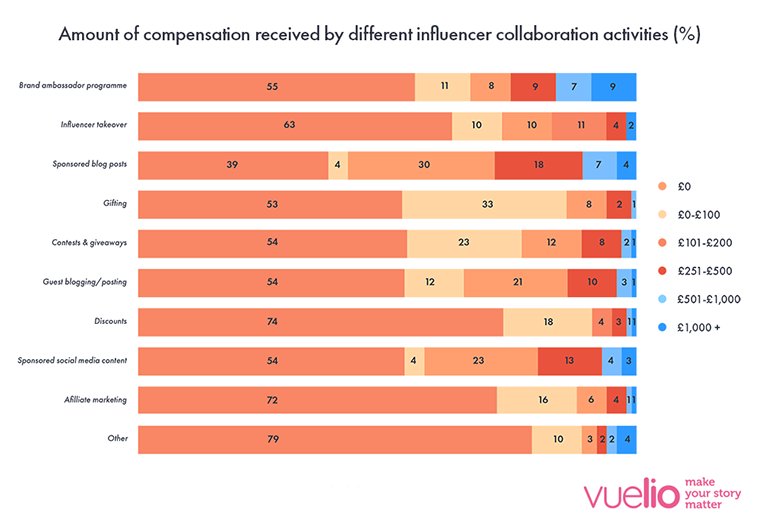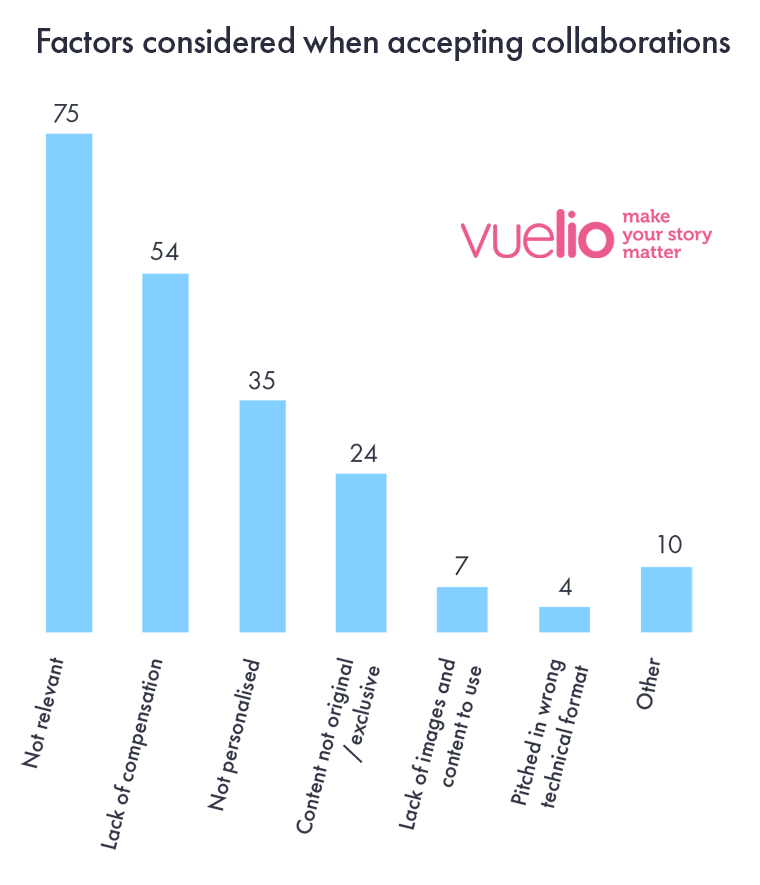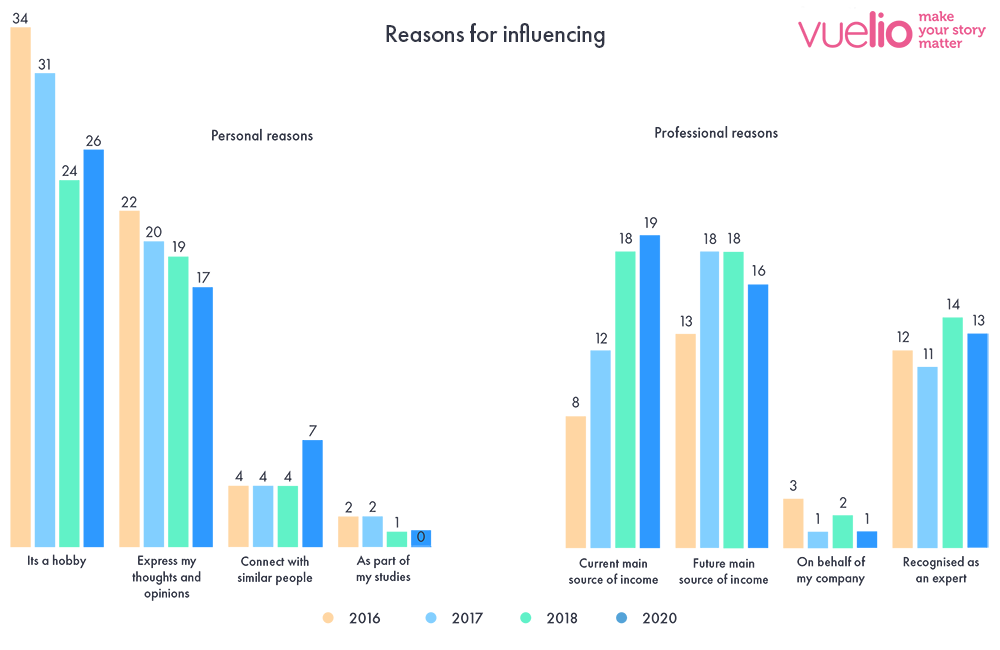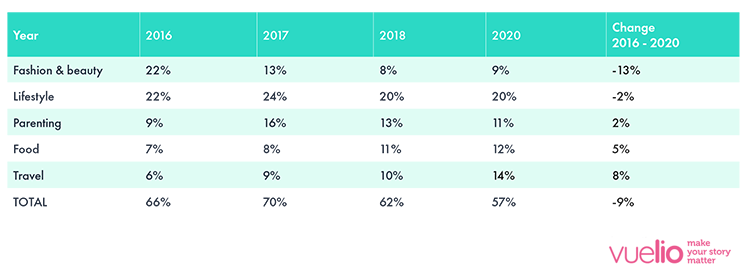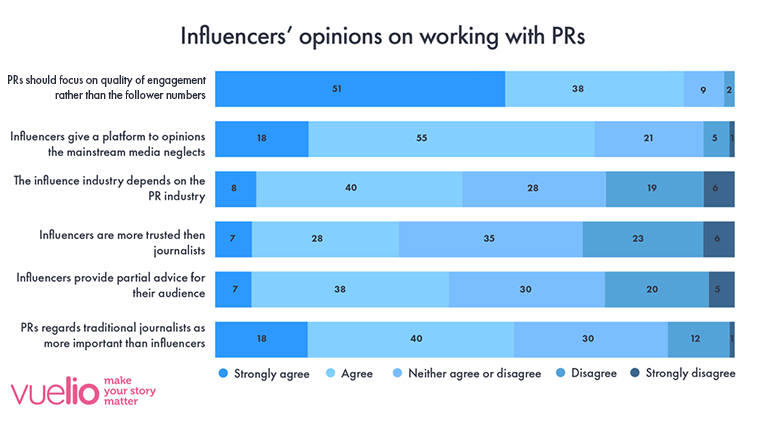Whether working from home is working for you, or you’re desperate to the return to the pace of office life, the prospect of an eventual move back to your workplace desk post-lockdown is going to take planning and support. The mental impact of working through the COVID-19 crisis – the isolation, economic uncertainty and change to work patterns – will have ramifications for everyone.
While lockdown largely continues and the day for returning to your commute, pen pots and watercooler chats is still uncertain, we’ve gathered advice from mental health professionals, psychologists and PRs working in the sector for how to start preparing and be ready for an eventual/potential return to in-office working. Get ready for safely distanced reconnections with colleagues, short fuses, mental rehearsals and emergency chocolate…
1) Start rehearsing your return
‘Take ten minutes every day in a quiet solitude to mentally rehearse positive outcomes imagining how you like to look, sound and feel when back at work. Use this wellbeing exercise to make intense mental pictures going quickly from Monday to Friday in your minds’ eye addressing previous good memories; basically including in your mental picture any memory that infused you with positive emotions. You may want to note these memories down before you start your mental film if that’s easier, and anchor them to your daily self-hypnosis.’
Zana Busby, consumer & business psychologist and director of Retail Reflections
2) Prepare to have a shorter fuse than before…
‘There may be some short-term conflict and toxicity as we all relearn to rub along together. Social distancing may remove personal space issues, but we need time to readjust to team-working, increase motivation and rebuild trust and cooperation within and across teams.
Awareness is important in preparing for the return to the busy office. If you are feeling stressed or anxious about your return, it’s good to share your concerns as you won’t be the only one. You can also set up support groups or ‘conversation cafes’ where you can rant and sound-off in a safe and non-judgemental space. This is a great way of blowing off steam with other people. Rules of confidentiality must apply in these groups so that everyone feels supported and knows that we are all in it together.
We are incredibly resilient, and we’ll slowly come to terms with our new norm – patience, kindness and maybe a quieter and less frenetic workplace!’
Jivan Dempsey, business psychologist and coach
3) Be kind
‘The mental health and psychological impact is worth bearing in mind. Some people will have been ill or are bereaving a member of their family or a friend. The work culture should be inclusive, so that every employee feels they are returning to a supportive and caring environment. Be kind. The power of kindness cannot be overstated.’
Dr Tim Cantopher, consultant psychiatrist at Dr Morton’s
4) Reconnect with your team
‘Where possible and appropriate, make an effort to see one another in person. Just make sure you stick to all the necessary precautions to protect one another! Say hello, share thoughts and experiences, even a cuppa (but not mugs!). Make sure everyone has a clear understanding of any new guidelines that must be adhered to. We are naturally social beings and we don’t cope well with isolation.’
Sandra De Monte, integrative psychotherapist and founder of digital mental health platform MindBerry
5) Keep going with eating and sleeping well
‘Taking good care of our physical and mental fitness is more important than ever. By working towards the best version of ourselves we can be better placed to care for and support our family, friends, community and colleagues. A good sleep routine, a careful set of boundaries between when we work and when we don’t work. Nutrition to be kind to our minds such as blueberries, fatty fish, dark chocolate and broccoli. Regular bite size doses of whatever works for you as an individual to relax such as gardening, reading, yoga and meditation.’
Daryl Woodhouse regularly works with c-suite executives on employee wellbeing, productivity and leadership and is the founder of ABP.
6) Indulge (a little bit) in the things that make you happy
Be aware of all the instinctive strategies you might use to ‘escape’ from the stress you are feeling that you know would actually end up tying you down more e.g. staying on your phone binge-watching Netflix or scrolling on social media late into the night, or speaking to friends or colleagues who will ramp up your anxiety, rather than to people who will offer practical solutions.
Use the little things that make a massive difference to your ability to be resilient e.g. listening to favourite music; getting enough sleep, reading a favourite book, speaking to a trusted friend, helping someone else (this instantly helps us), wearing clothes that make you feel good, choosing healthy favourite food, etc.’
Cat Williams, executive coach, helpingreachpotential.co.uk
7) Make the most of the resources and skills already available to you as a PR
‘For PR employers, now is the time to ensure you have a Wellness Action Plan (WAP). This will help you provide clear guidance to your employees before, during and after their return to the office. MIND has a really useful guide which you can download for free to help you to create your own WAP specific to your organisation. It’s also worth looking at the Global Wellness Institute who regularly post useful research and guidance around wellness. What you do have to remember is that wellbeing is personal to the individual so while some employees may breeze back in happily, others will need closer attention. This is where our role as communication experts comes in. Our priority on reopening is clear communication with our teams without whom, our businesses wouldn’t be possible.’
Tracey Stapleton, MD of wellbeing PR specialists The Spa PR Company
8) Use the opportunity to advocate for improvements
‘Leaders would do well to organise opportunities for the employees in the office to get together to reflect on the pros and cons of the time away from the office, working from home, and how they feel about their return to the office. Staff need to be given a voice and an opportunity to express their thoughts, share their bright ideas and any concerns. Doing this will raise morale and help to create a positive atmosphere during this transition phase. Teams might create a buddy system for colleagues to feel that they can communicate and help one another in their reflections on what has been and the days to come.
‘Clear, concise, compelling and compassionate communication is key in all of this. Leaders need to show the right example and demonstrate that they are accessible and authentically engaged with all employees. Silos need to be broken down, virtual communication opportunities need to be embraced and concerns need to be given real attention.’
Jan P. de Jonge, business psychologist at People Business Psychology Ltd
9) Consider if working from home a little longer might work for you
‘Fear is to be expected, as home working has been comfortable for those who found their cocooned working-from-home-life ideal for them. It may also have provided a sense of much needed safety, while we deal with the ongoing COVID-19 threat.
If home working is something you feel you wish to continue for your wellbeing, both mentally and physically, now is the perfect time to raise this with your employer and see if this is something that could work for you both.’
Jayne Cox, life coach, stress management/trauma consultant and co-founder of Fusion Spaces. Check out her tool kit for calm here.
10) Remember that any anxiety you feel is natural
‘Human beings like order: plans, routines and habits. The crisis has thrown all of that up in the air and created even higher levels of anxiety. We human beings have been arch adapters since cave times, so we will cope.
‘The key is to be okay with your anxiety: it’s normal, we’re supposed to get it; it is telling us to change something. As you go back to the office, make a conscious effort to adapt and develop a new routine and give yourself extra time to commute and settle in.
‘It is worth taking time out once or twice a day to sit with your feelings. Take five minutes out to sit in a chair and just “be”. To begin with, focus on your breathing. Then do a bit of self-reflection and check in with how you feel emotionally and physically. Remind yourself it’s okay to be anxious: it’s your system working normally.
‘In fact, even when you’ve adapted to your new routine, it’s a practice worth keeping up: it takes us out of permanent sprint adrenalin mode and allows our whole system to slow down and rebalance. And that’s all it takes: five minutes.’
Mark Newey, psychotherapist and founder of Headucate, which has self-help resources here.
11) What you learned about yourself while WFH will always be useful
‘As professionals, you will have faced many stressful challenges over the past few weeks, as home-life and work-life merged into one. Sometimes our most stressful experiences can be our greatest teachers. Reflect on what you have learnt during this time and whether there are things you want to take back into the workplace with you. Perhaps you have learnt how to care for yourself better or indeed that you may need to do more self-care. Perhaps you discovered some inner strength and resolve that you weren’t aware you had. Maybe you have learnt something about others that you didn’t know before or you realised how often we take for granted the things that are really important. By re-positioning the situation as a learning experience, we can see things in a more positive way.’
Jill Mead, co-founder and managing director of TalkOut

